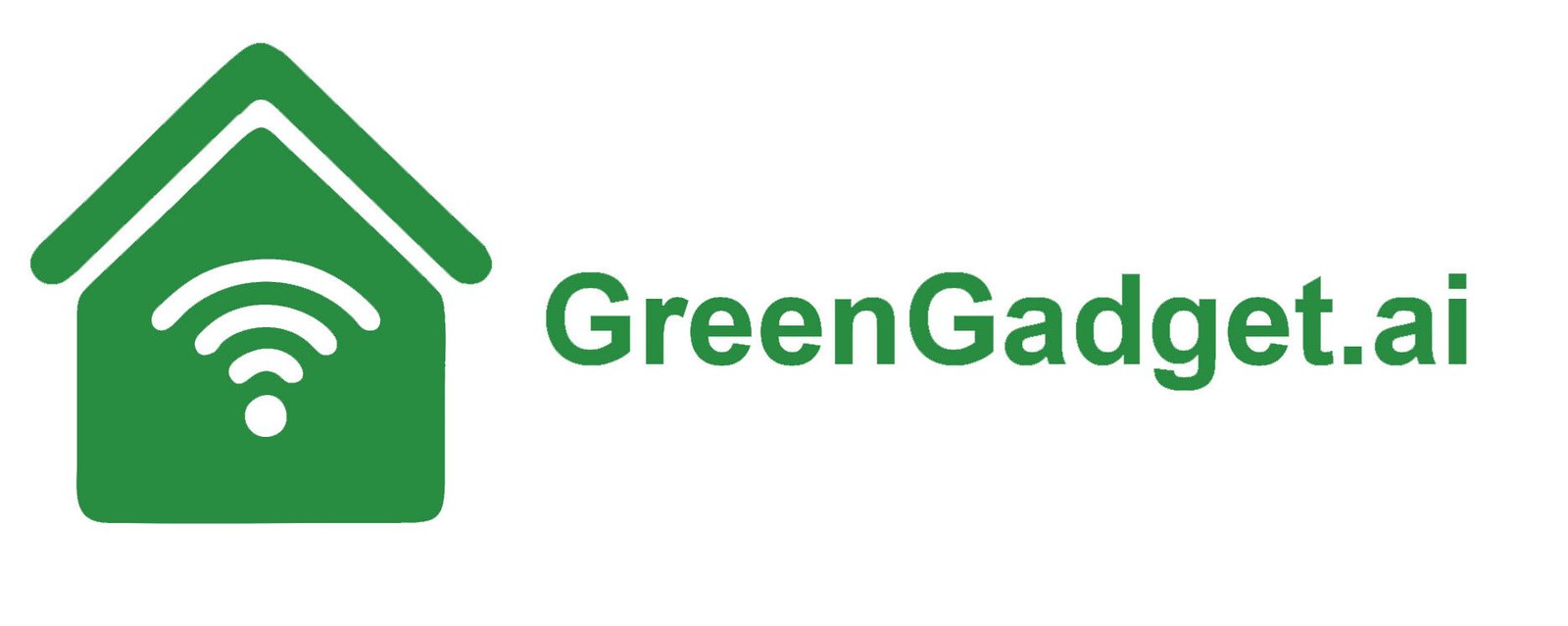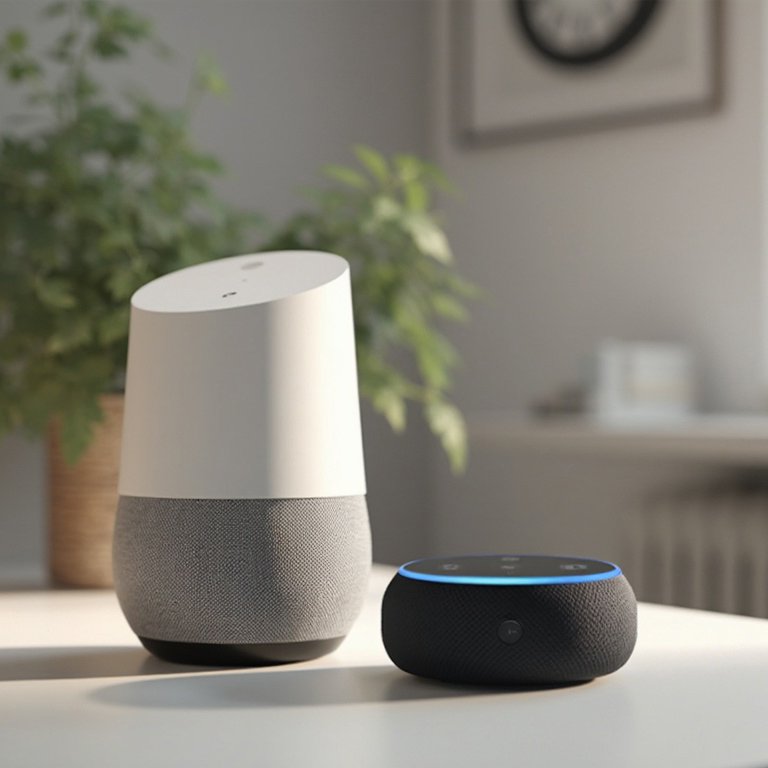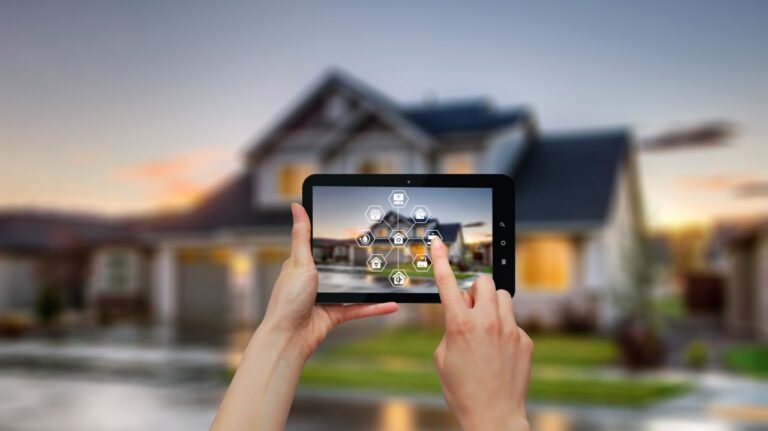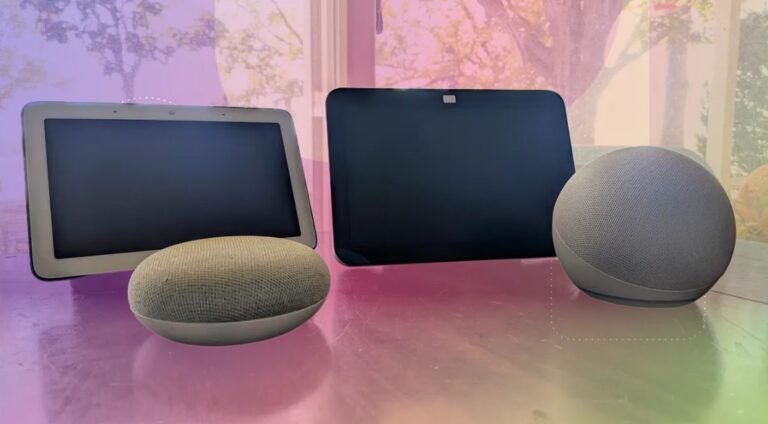Making Your Home Smarter Doesn’t Have to Be Complicated
Remember when “smart home” meant having a TV remote? Those days are long gone. Today’s smart home technology can do everything from brewing your morning coffee to keeping an eye on your front door. But if you’re feeling overwhelmed by all the options, you’re not alone. Let me walk you through how to start your smart home journey without breaking a sweat (or the bank).
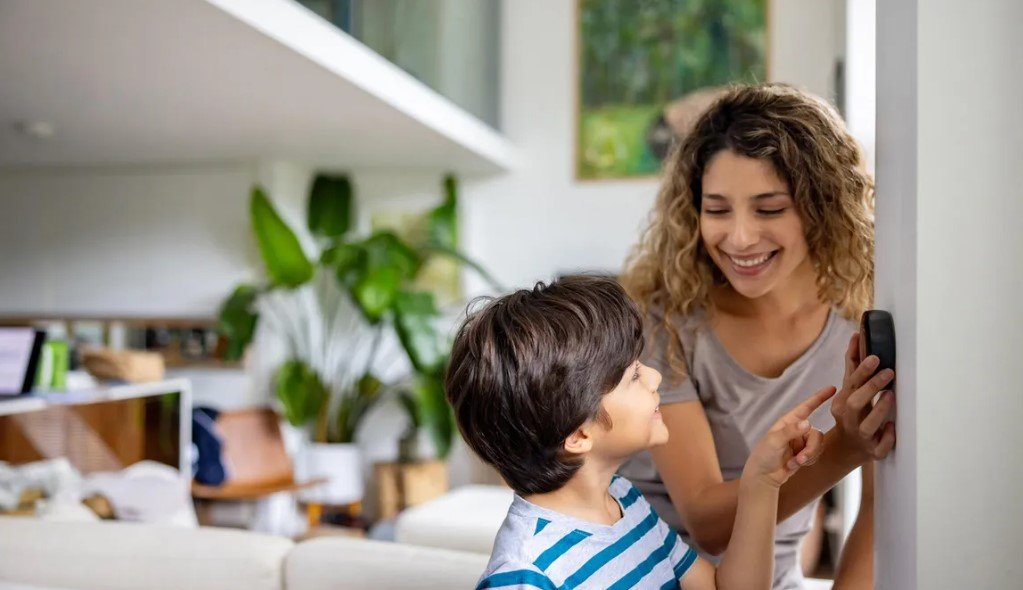
Start with the Basics: Choosing Your Foundation
The first step is picking your smart home platform – think of it as choosing your home’s operating system. You have three main options:
- Apple HomeKit: Perfect if you’re already living in the Apple ecosystem
- Google Home: Great for Android users and Google service lovers
- Amazon Alexa: The most compatible option, working with over 100,000 devices
My tip? If you’re just starting out, go with either Google Home or Amazon Alexa. They’re user-friendly and work with tons of devices. Plus, instead of just getting a smart speaker, consider investing in a smart display like the Echo Show 8 or Nest Hub Max. These give you a visual interface to control your devices and can even stream videos or show your security camera feeds.
Your First Smart Devices: Keep It Simple
Now for the fun part – picking your first devices! Here’s where many people get stuck, but I recommend starting with either:
- Smart Bulbs: These are game-changers. Imagine controlling your lights from your phone or setting them to automatically turn on at sunset. Many can even change colors to set the perfect mood.
- Smart Plugs: These little devices can make any plugged-in appliance “smart.” That old lamp? Your coffee maker? Plug them into a smart plug, and suddenly you can control them with your voice or phone.
Both options are affordable and easy to set up, making them perfect for smart home beginners. Once you’re comfortable with these, you can explore other devices like video doorbells or security cameras.
Making It All Work Together
The real magic happens when your devices start working together automatically. Start small with simple automations like:
- Having your lights turn on automatically at sunset
- Setting your coffee maker to start brewing when your morning alarm goes off
- Programming your porch light to turn on when your video doorbell detects motion
These basic automations can make your home feel truly “smart” without requiring a degree in computer science to set up.
Final Thoughts
Remember, building a smart home isn’t a race – it’s a journey. Start with one or two devices, get comfortable with them, and then expand as you see fit. The best part? Today’s smart home tech is more affordable and user-friendly than ever, so there’s never been a better time to start.
Whether you want to save energy, add convenience, or just have fun with new tech, smart home devices can make your life a little easier. And isn’t that what technology should be all about?
Ready to get started? Pick your platform, grab a smart bulb or plug, and take your first step into the world of smart homes. Trust me – once you start, you’ll wonder how you ever lived without it.
